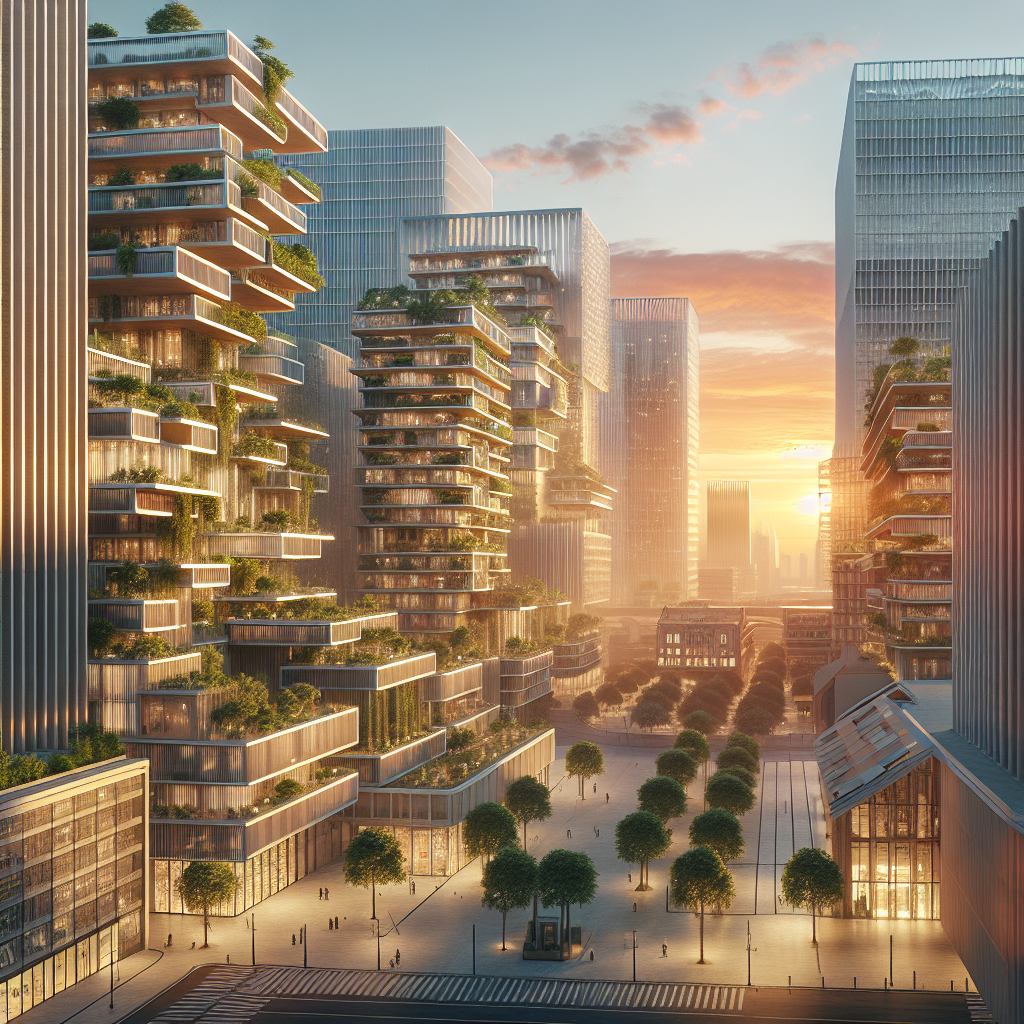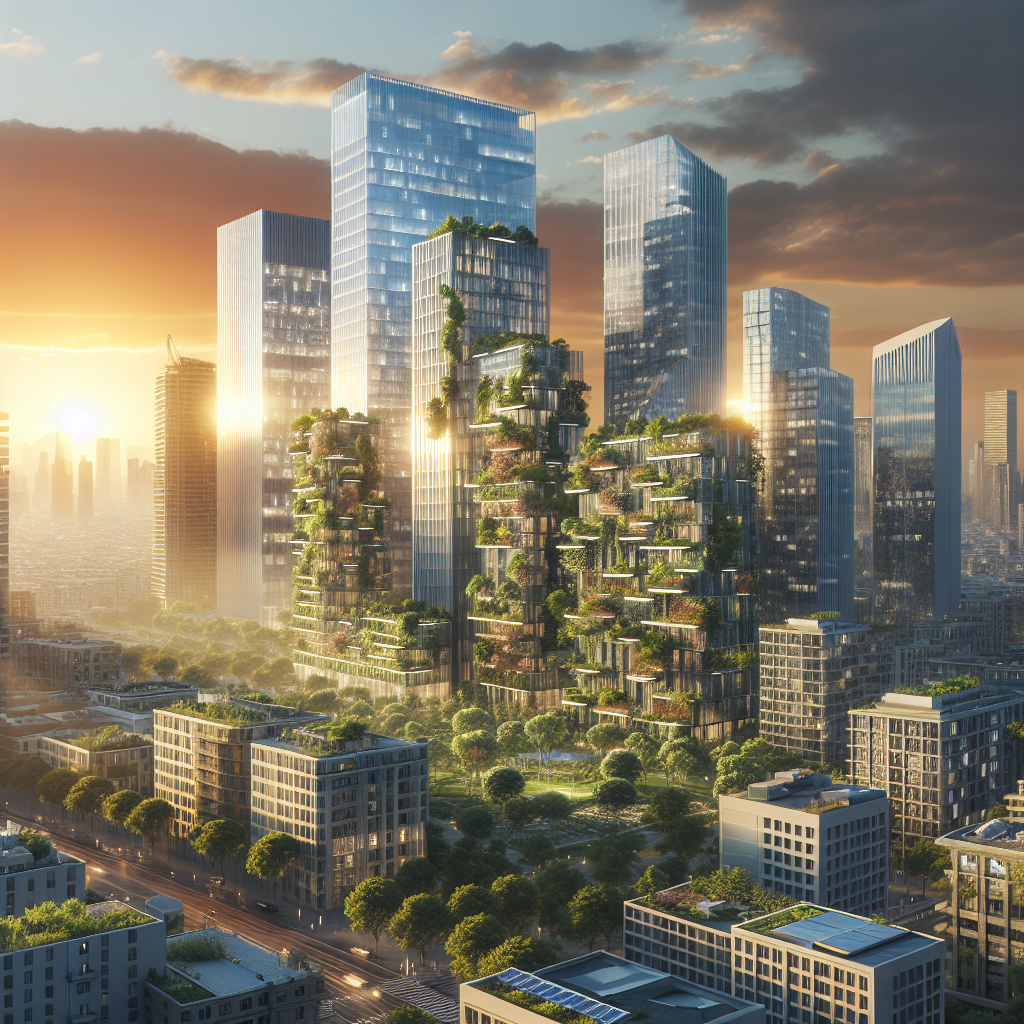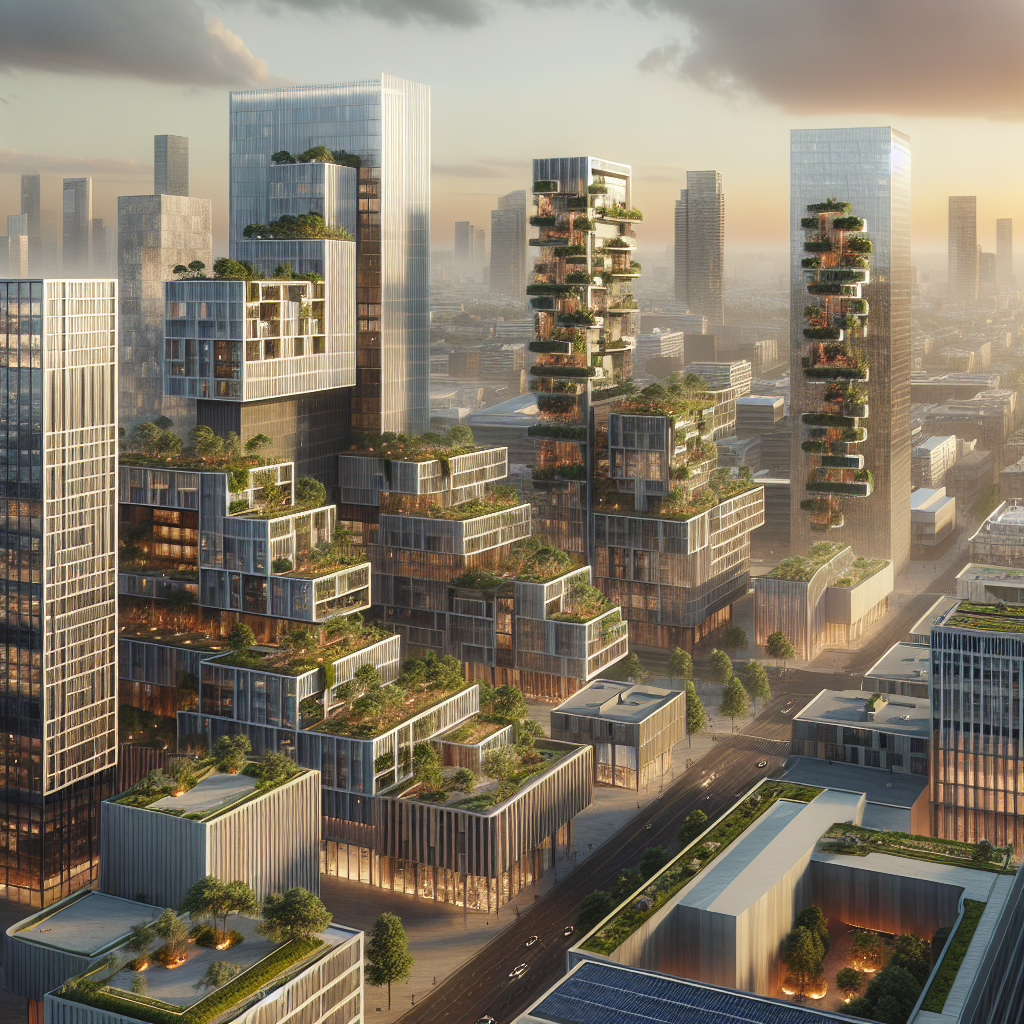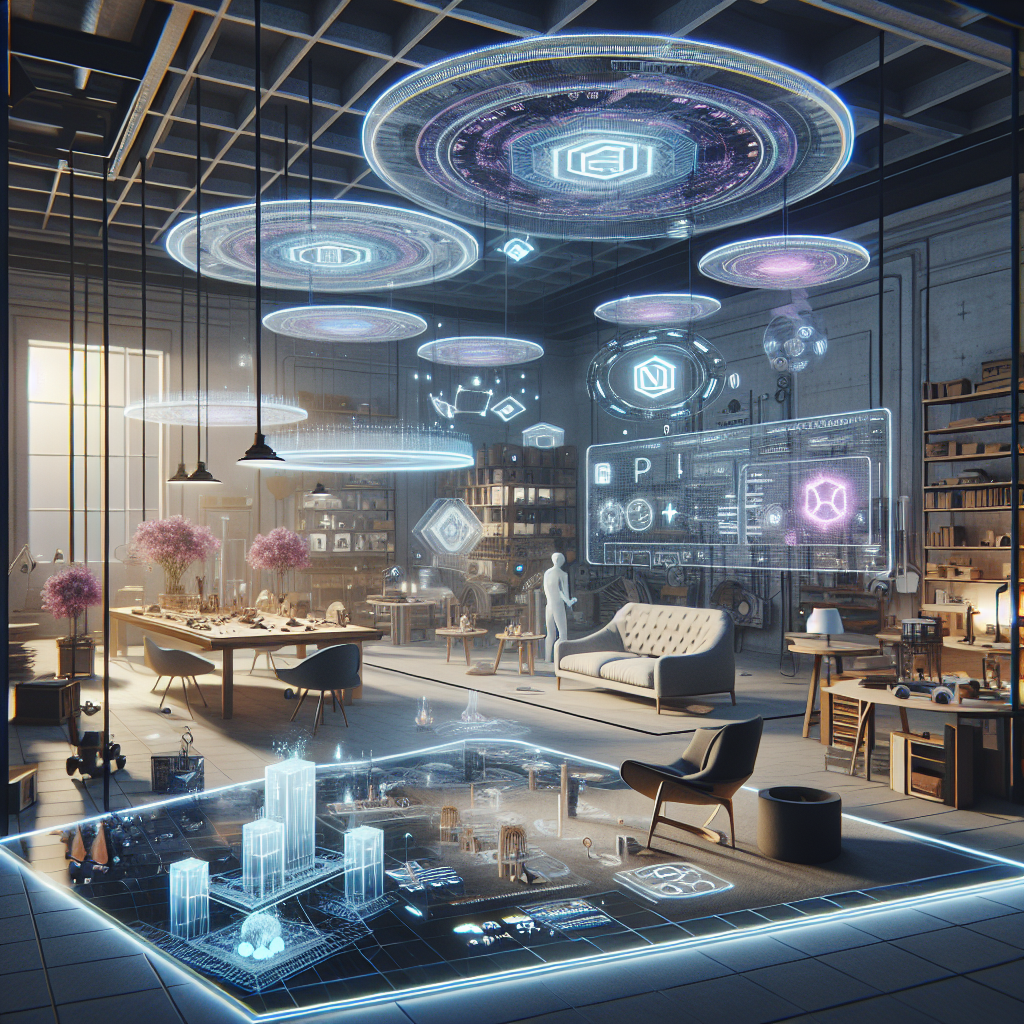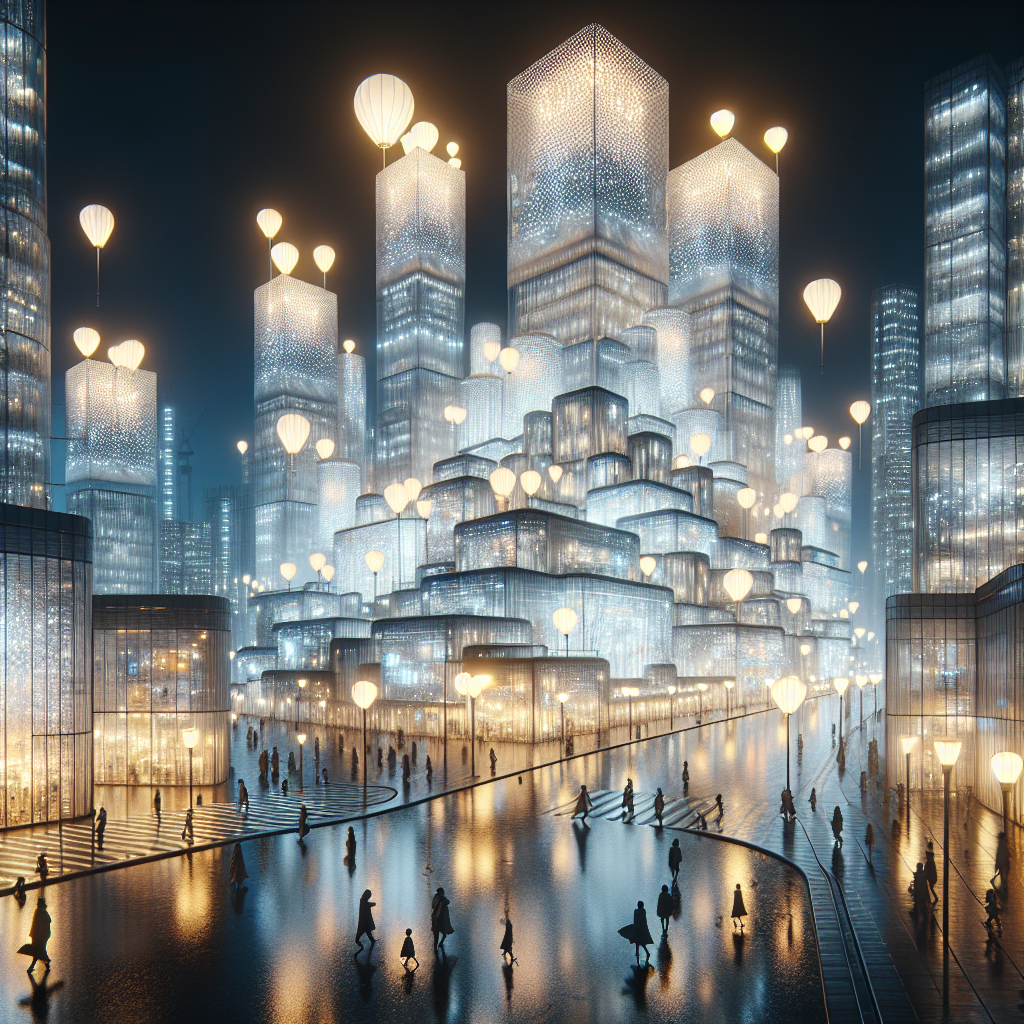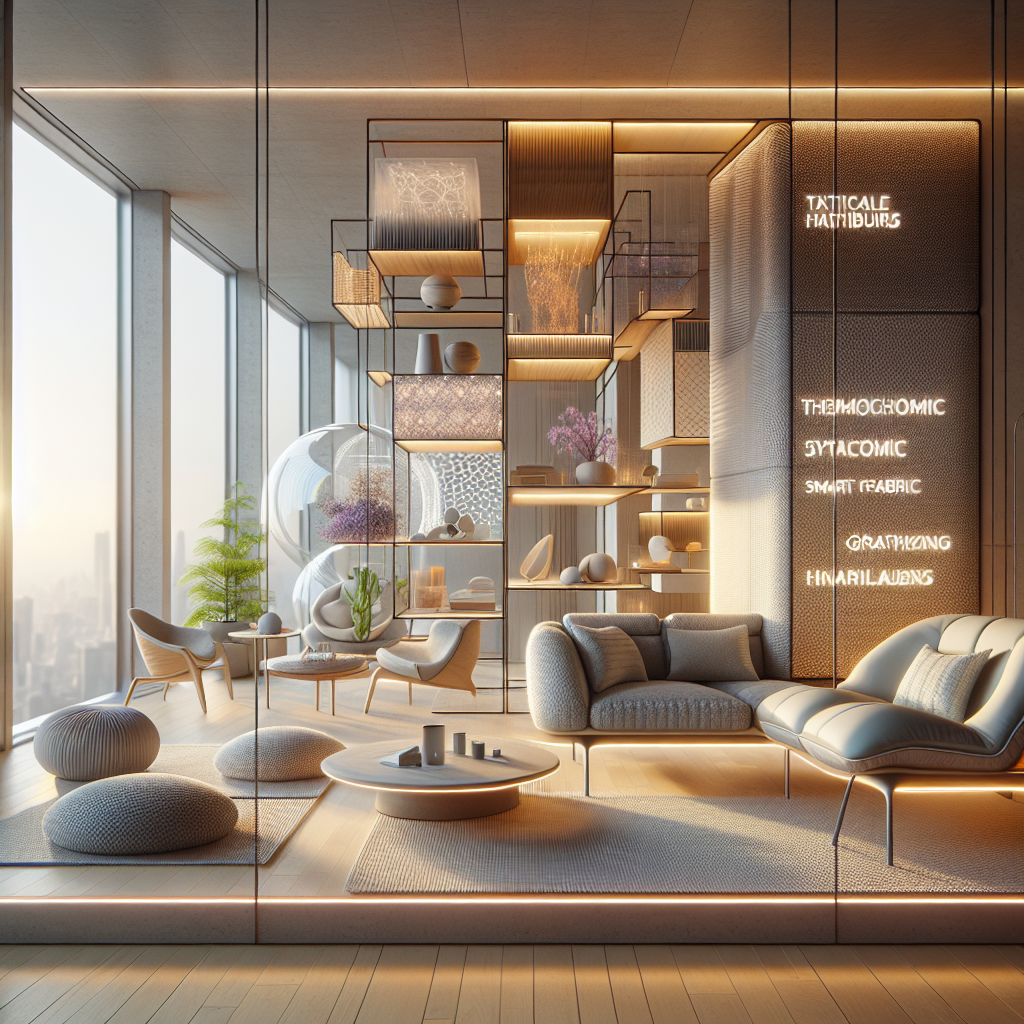Modern Architecture: Key Elements Defining Contemporary Buildings
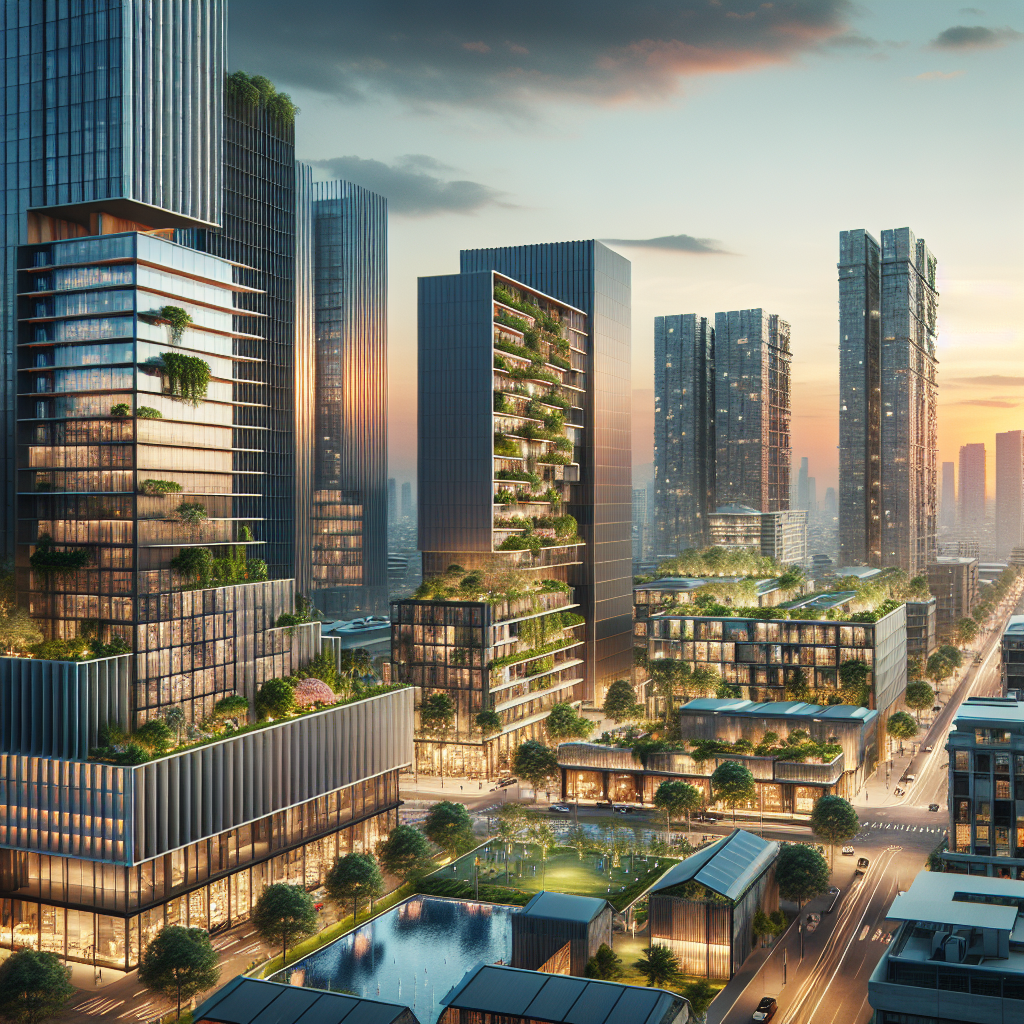
Modern Architecture: Key Elements Defining Contemporary Buildings
In the ever-evolving world of architecture, contemporary buildings stand as dynamic reflections of our cultural values, technological advancements, and environmental awareness. Modern architecture, with its emphasis on simplicity, functionality, and sustainability, continues to shape our urban landscapes, influencing how we interact with spaces and each other. For design professionals and enthusiasts alike, understanding the defining elements of contemporary architecture provides insight into the future of built environments and the transformative power of thoughtful design.
Minimalism and Clean Lines: Less is More
One of the most prominent features of modern architecture is its commitment to minimalism. Originating from the influential Bauhaus movement, minimalism champions the idea that simplicity enhances functionality and aesthetic appeal. Buildings characterized by clean lines, open spaces, and a lack of ornamental excess exemplify this philosophy. A prime example is the iconic Farnsworth House by Ludwig Mies van der Rohe, where glass walls and steel frames merge seamlessly with the surrounding landscape, embodying the principle of “less is more.”
Today, minimalist design continues to thrive, manifesting in structures that prioritize clarity and precision. Architects often employ monochromatic palettes, streamlined forms, and uncluttered interiors to create spaces that evoke tranquility and sophistication. This aesthetic approach not only enhances visual harmony but also encourages mindful living, aligning with contemporary values of intentionality and restraint.
Sustainability and Environmental Integration
As environmental concerns increasingly shape global discourse, modern architecture responds by embracing sustainable design principles. Contemporary buildings frequently incorporate renewable energy sources, eco-friendly materials, and energy-efficient technologies to minimize ecological footprints. For instance, the Bosco Verticale in Milan integrates lush vertical gardens into its façade, effectively reducing air pollution and promoting biodiversity within an urban context.
Moreover, the rise of biophilic design underscores a profound shift toward reconnecting occupants with nature. This approach emphasizes natural lighting, organic materials, and greenery to enhance human well-being and productivity. Structures like Singapore’s Jewel Changi Airport, with its mesmerizing indoor waterfall and lush greenery, exemplify how architecture can seamlessly blend sustainability with sensory experiences, redefining urban spaces as sanctuaries of nature and innovation.
Technological Innovation and Smart Integration
Technology continues to revolutionize contemporary architecture, enabling architects to push creative boundaries and enhance building performance. From parametric design software to advanced digital fabrication techniques, technology facilitates the creation of complex, adaptive structures previously unimaginable. Zaha Hadid Architects’ parametric designs, characterized by fluid, organic forms, demonstrate how algorithm-driven processes can yield breathtaking architectural expressions.
Additionally, the integration of smart home technology transforms buildings into responsive environments that adapt to occupants’ needs. Automated systems for lighting, heating, and security not only improve comfort and convenience but also significantly reduce energy consumption. For example, Apple’s headquarters in Cupertino, known as Apple Park, utilizes advanced building management systems to optimize energy efficiency, setting a benchmark for intelligent, sustainable architecture.
Adaptive Reuse and Cultural Preservation
Contemporary architecture increasingly values the preservation of cultural heritage through adaptive reuse. Rather than demolishing historic structures, architects creatively repurpose existing buildings, merging past and present in innovative ways. The Tate Modern in London, once a disused power station, now stands as a celebrated art museum, showcasing how adaptive reuse can revitalize urban landscapes while honoring historical significance.
This practice not only conserves resources but also fosters a deeper connection between communities and their built environments. By preserving architectural heritage, adaptive reuse projects contribute to urban identity, sustainability, and social cohesion, demonstrating architecture’s potential to bridge temporal divides and inspire collective memory.
Material Innovation and Structural Experimentation
Material innovation plays a pivotal role in defining contemporary architecture, as architects explore unconventional resources and construction methods to achieve sustainability and aesthetic distinction. The growing popularity of wooden skyscrapers, for instance, highlights a renewed appreciation for timber as a viable, eco-friendly alternative to traditional steel and concrete structures. Buildings like Norway’s Mjøstårnet, the world’s tallest timber tower, exemplify how modern architecture can harmonize structural innovation with environmental responsibility.
Furthermore, advancements in digital fabrication technologies, such as 3D printing and robotic construction, empower architects to experiment with intricate forms and bespoke designs. Projects utilizing digital fabrication techniques often showcase striking geometries and precision detailing, pushing the boundaries of architectural expression and craftsmanship.
Resilience and Disaster-Resistant Design
In response to increasing climate-related challenges, contemporary architecture emphasizes resilience and disaster-resistant design. Architects now prioritize structures capable of withstanding extreme weather events, earthquakes, and other natural disasters, safeguarding communities and infrastructure. Innovations such as base isolation systems, reinforced concrete frames, and flood-resistant materials exemplify proactive approaches to risk mitigation.
Projects like Japan’s Sendai Mediatheque, designed by Toyo Ito, incorporate seismic-resistant features without compromising aesthetic elegance. Similarly, initiatives focusing on disaster-resistant design underscore architecture’s critical role in protecting human lives and promoting sustainable urban development.
Urban Mobility and Community-Centric Spaces
Modern architecture increasingly prioritizes urban mobility and community engagement, reflecting evolving lifestyles and societal needs. Architects design spaces that encourage pedestrian-friendly environments, efficient public transportation, and communal interactions. Barcelona’s Superblocks initiative, for example, transforms city streets into vibrant, car-free zones, fostering social connections and enhancing urban livability.
Moreover, the integration of autonomous vehicles and sustainable transportation infrastructure reshapes urban planning paradigms. As explored in discussions about autonomous vehicles, contemporary architecture anticipates future mobility trends, creating adaptable spaces that accommodate technological advancements and evolving community dynamics.
Visioning the Future of Modern Architecture
As contemporary architecture continues to evolve, it remains a powerful reflection of our collective aspirations, technological capabilities, and environmental consciousness. By embracing minimalism, sustainability, technological innovation, adaptive reuse, material experimentation, resilience, and community-centric design, architects shape built environments that resonate deeply with contemporary values and future possibilities.
Ultimately, modern architecture transcends mere functionality, embodying a profound commitment to enhancing human experiences, preserving cultural heritage, and fostering sustainable urban ecosystems. As we navigate the complexities of the 21st century, architecture stands as a testament to our ingenuity, creativity, and enduring quest for meaningful connections with the spaces we inhabit.
